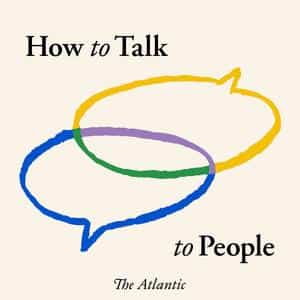Intro
In this episode of Freakonomics Radio, the case of a $4 million gold coffin is explored. The photograph of Kim Kardashian at the Met Gala helped solve the case, revealing a complex web of looting, smuggling, and fraudulent provenance. The episode discusses the importance of provenance in the art world, the role of museums in displaying looted objects, and the challenges in regulating the antiquities market. It also delves into the legal and moral aspects of cultural repatriation.
Main Takeaways
The Case Unraveled: From Kim Kardashian to Looting and Smuggling
- Kim Kardashian’s Met Gala photo helped solve looted gold Egyptian coffin case.
- The photograph shows Kardashian in a shimmering gold dress, posing beside a golden coffin with the face of an Egyptian priest named Negemonk.
- The Metropolitan Museum of Art purchased the coffin for approximately $3.9 million in 2017.
- The coffin had been dug up recently by thieves during the Arab Spring and was waiting to be sold, which led to the looter contacting a smuggler and showing Bogdanos’ photographs to sell it.
- The Golden Coffin was trafficked from Egypt to Dubai, Germany, and finally to the French dealer, Kuniki, with a fake provenance and export license.
The Role of Museums and Provenance
- The Metropolitan Museum of Art was fooled by not probing deeply enough into the purported history of the coffin, and believed the information on the page without asking enough questions.
- Provenance of antiquities is a complex issue in the art world.
- Museums often have objects with unclear provenance histories.
- Many museums have begun to consider who is the most legitimate owner of the objects they display, and there are often clues to that ownership right there on the Museum wall.
- Provenance investigators are not yet widely employed in major museums, despite the importance of verifying the history of ownership of works of art.
The Antiquities Market and Cultural Repatriation
- The antiquities market is much smaller than the overall art market.
- The estimated value of the illicit antiquities market is likely much lower than commonly believed.
- Using economic figures as the defense for regulating the market is not appropriate.
- Legality is defined by the law, not by moral questions surrounding how an object was acquired.
- International laws, such as the Hague Convention and the UNESCO Convention, protect cultural artifacts and provide benchmarks for determining an object’s provenance.
Summary
The Case Unraveled: From Kim Kardashian to Looting and Smuggling
The discovery of a looted gold Egyptian coffin worth $4 million was aided by a photograph of Kim Kardashian at the Met Gala. The coffin, dug up during the Arab Spring, went through a chain of smugglers and dealers before reaching the Metropolitan Museum of Art. The case highlights the illicit trade in antiquities and the challenges in tracing their provenance.
The Role of Museums and Provenance
Museums play a crucial role in displaying cultural artifacts, but many objects have unclear provenance histories. The case of the gold coffin exposes the lack of thorough investigation by museums, leading to the display of looted objects. Provenance investigators are not widely employed, despite the importance of verifying ownership history.
The Antiquities Market and Cultural Repatriation
The antiquities market, although smaller than the overall art market, faces challenges in regulating the trade and determining the true value of looted objects. International laws such as the Hague and UNESCO Conventions provide guidelines for provenance. However, the issue of cultural repatriation raises questions about ownership and the role of museums in preserving cultural heritage.
Conclusion
The case of the $4 million gold coffin sheds light on the complexities of the antiquities market, the importance of provenance, and the need for stricter regulations. It also raises ethical questions about the ownership and display of looted objects in museums. Cultural repatriation remains a contentious issue, requiring negotiation and consideration of the historical and cultural significance of artifacts.
